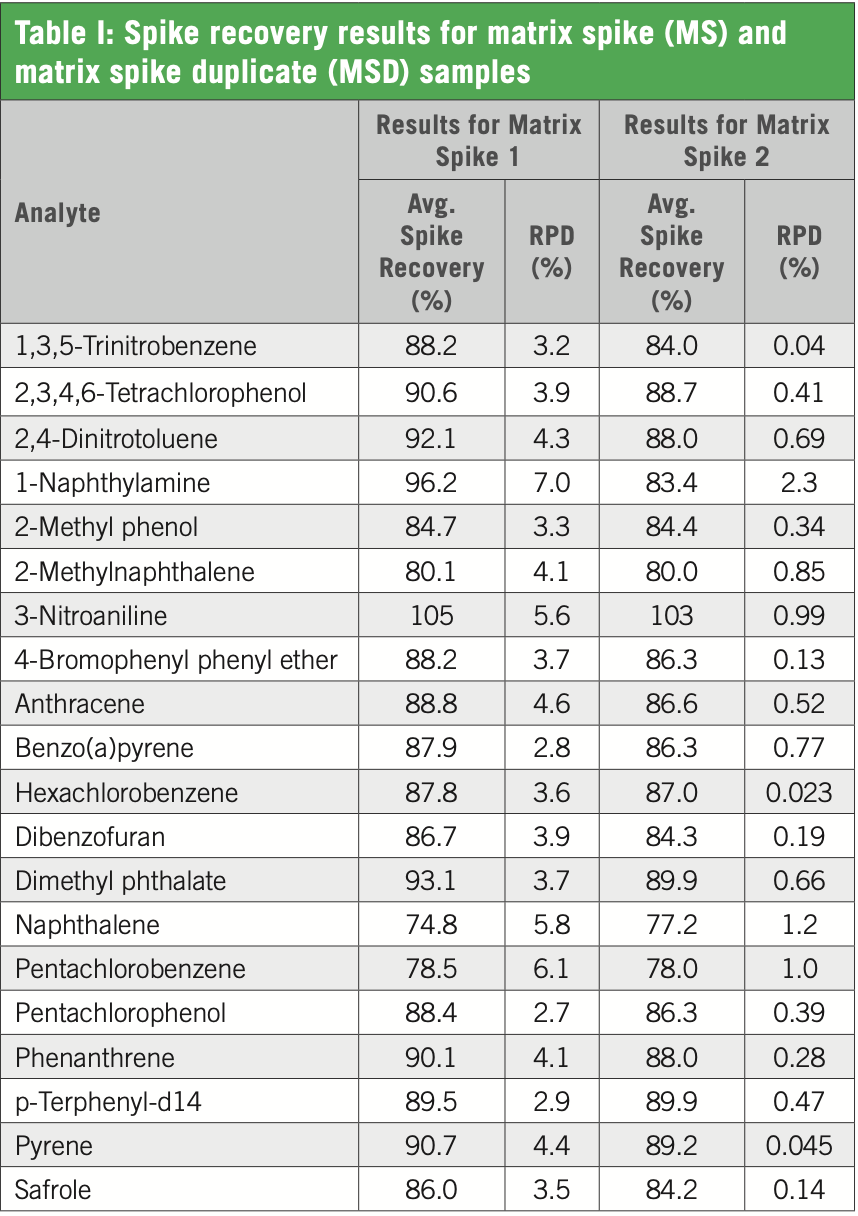Biotage - Utilizing Automated SPE to Improve the Recovery of Semivolatile Compounds in Compliance with EPA Method 8270
Groundwater is one of our most precious, yet easily contaminated, resources. Contaminants can originate from a multitude of sources. Industrial sources include underground storage tanks, septic systems, farms that have been treated with pesticides, and hazardous waste sites. Smaller contributors, such as individual households, can pollute local groundwater with items such as household cleaners, disinfectants, laundry detergents, stain removers, motor oil, gasoline, paint, and paint removers. Even an inkjet printer can be a source of groundwater contamination.
Consuming contaminated drinking water is a well-known public health risk (1), and can produce effects ranging from mild illnesses to serious diseases, and even death. Effects can be challenging to predict with 100% accuracy, as they depend on a number of factors, including the chemical properties of the contaminants, and the degree and length of exposure, on top of factors such as the person’s age and whether he or she has pre-existing health conditions. The key to ensuring our safety is to minimize our exposure to those contaminants with known health hazards.
The U.S. EPA monitors a variety of compounds that pose public health risks when they are present in our air, soil, or water. The 8000 Series EPA Methods outline the quantification of contaminants in groundwater, and Method 8270 specifically addresses semivolatile compounds (2).
The method outlines the extraction of over 200 semivolatile compounds that fall into a range of compound classes, including: nitrosamines, pesticides, ethers, ketones, phenols, polyaromatic hydrocarbons (PAHs), anilines, pyridines, and aldehydes. While most laboratories do not quantify all 243 compounds outlined in the method, they often measure at least 100 compounds from several different compound classes and in a variety of challenging sample matrices.
This applicate note presents the use of an automated solid-phase extraction (SPE) system to improve the accuracy and precision of semivolatile extractions, in compliance with EPA Method 8270. In this work, a Biotage® Horizon 5000 automated SPE system was used to extract 114 semivolatile organic compounds from groundwater samples.
The extraction system was fitted with an Atlantic® One-Pass SPE Disk, combined with a One-Pass Carbon Cartridge Max Detect, to streamline the extraction and reduce losses due to precipitation or volatilization. The extracts were concentrated using a DryVap® Concentrator before being transferred to a GC–MS instrument for measurement. Results for a pair of matrix spike (MS) and matrix spike duplicate (MSD) samples are presented in Table I. Data for each analyte is presented as an average spike recovery and as a relative percent difference (RPD) between the two spiked samples. For simplicity, only a subset of the measured analytes is presented.
As indicated in Table I, the extraction and concentration workflow is ideally suited for extracting a wide range of semivolatile organic compounds with precision and accuracy that is compliant with EPA Method 8270E. With the exception of challenging compounds such as pyridine, NDMA, hexachlorocyclopentadiene, and 2-picoline, all matrix spikes were recovered between 50–150% of their spiked concentration and relative percent differences were below 20%, in compliance with Method 8270E requirements.

References
(1) https://www.cdc.gov/healthywater/drinking/public/water_diseases.html
(2) U.S. EPA. 2014. “Method 8270E (SW-846): Semivolatile Organic Compounds by Gas Chromatography/Mass Spectrometry (GC/MS),” Washington, DC.; https://www.epa.gov/sites/production/files/2017-04/documents/method_8260d_update_vi_final_03-13-2017_0.pdf

Biotage
16 Northwestern Drive, Salem, NH 03079
tel: (603) 893-3663, fax: (603) 893-4994
Website: www.biotage.com

Separation of Ultra-Short and Long Chain PFAS Compounds Using a Positive Charge Surface Column
December 11th 2024A separation of ultra-short and long chain PFAS (C1-C18) is performed on a HALO®PCS Phenyl-Hexyl column along with a HALO®PFAS Delay column which demonstrates excellent retention for both hydrophilic and hydrophobic analytes.









